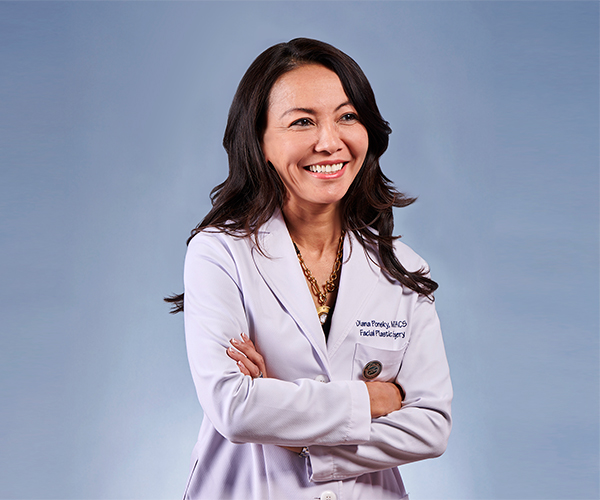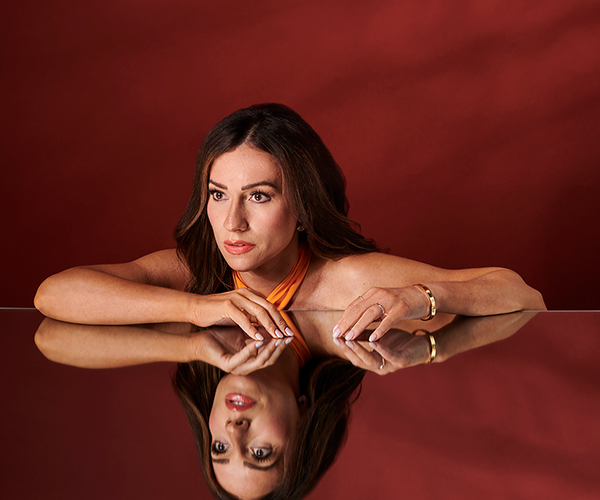At first, plastic surgeon Dr. Bahman Guyuron thought it had to be just an odd coincidence. A woman who came to him for a forehead rejuvenation surgery said her migraine headaches had miraculously disappeared along with her wrinkles.
She called it a miracle. Then another patient said the same thing. And another.
Pretty soon, he had enough anecdotal evidence to feel like maybe he was onto something. Maybe there really was a surgical way to cure migraines. But at the time, he was strictly a facial plastic sur-geon. He didn’t treat migraines.
So, Guyuron teamed up with a neurologist to investigate the scientific reasons that cosmetic surgery de-signed to make a person look younger was also getting rid of migraines. In January 2006, he joined Univer-sity Hospitals Case Medical Center as its chief of plastic and reconstructive surgery to investigate his discov-ery further.
Guyuron conducted a placebo-controlled surgery — some patients had real surgery and others didn’t. The “real” surgery eliminated or significantly reduced a patient’s migraines 92 percent of the time.
The secret, Guyuron discovered, is four trigger points. Two of the sites — in the forehead and at the back of the head — are muscle-related. For that, he removes a small portion of the muscle that wraps around the nerve. He then folds the nearby fatty tissue around the nerve for protection.
The forehead surgery also gives the patient the benefit of a younger, refreshed look. Guyuron removes the frowning muscles through hidden incisions. Two branches of the trigeminal nerve — responsible for headaches — pass through the muscle to the skin. When this muscle is removed, the forehead looks younger and more relaxed.
A third site is in the temple, where a small nerve is also detached. There may be some immediate numbness when the procedure is first done, but it usually disappears within weeks or months.
The fourth site is in the nose. Interestingly, even women with migraine headaches linked to their men-strual cycles often experience hormonal changes that can cause swelling in this part of the nose. For that, Guyuron operates inside the nose to straighten the septum and to reduce the turbinates (on the side walls of the nose) that can press on the nerves in the lining that trigger headaches. This often im-proves a patient’s breathing as well.
All four procedures are done on an outpatient basis, with only the nose procedure requiring a gen-eral anesthetic, he says. “It has been the most amazing, most rewarding change of events that I have experienced in 25 years of practicing.”



